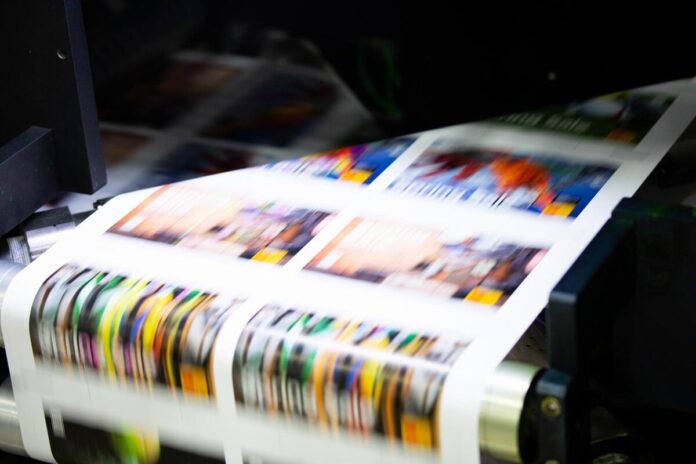
From the humble beginnings of printer ink, the technology has come a long way, evolving with time to meet the ever-changing needs of industries and consumers. Today, ink innovations are revolutionizing the printing industry, offering enhanced print quality, sustainability, and a myriad of exciting possibilities.
In this blog post, we will delve into the remarkable advancements and breakthroughs in printer technology, exploring its various forms and the impact it has on diverse industries.
Evolution of Printer’s Ink Technology over Time
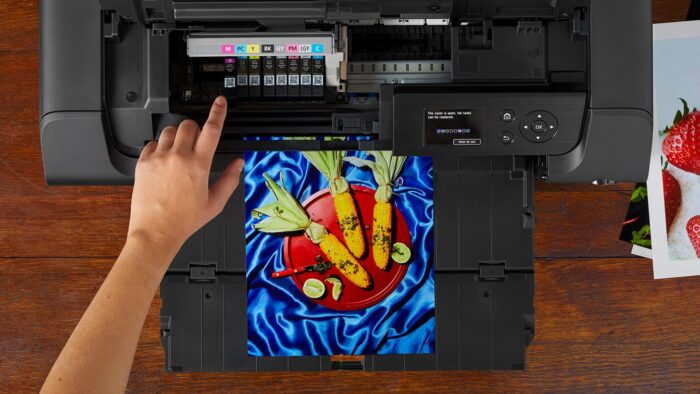
Printer’s ink has witnessed a remarkable evolution since its inception. Initially, ink formulations were predominantly oil-based, resulting in uneven prints and a slower drying time. However, with advancements in technology, color compositions have significantly improved, giving rise to a wide range of color types with diverse properties and applications.
Water-Based Ink: Enhanced Print Quality and Eco-Friendly Composition
Water-based ink has emerged as a game-changer in the printing industry. Composed primarily of water, this color type offers several advantages. It provides vibrant and sharp snaps with enhanced color accuracy and reduced bleeding.
Furthermore, water-based color is environmentally friendly, as it has lower volatile organic compound (VOC) emissions compared to other color types. This eco-friendly nature makes it an ideal choice for applications where sustainability is a priority, such as packaging and promotional materials.
UV-Curable Ink: Rapid Drying and Long-Lasting Results for Various Surfaces
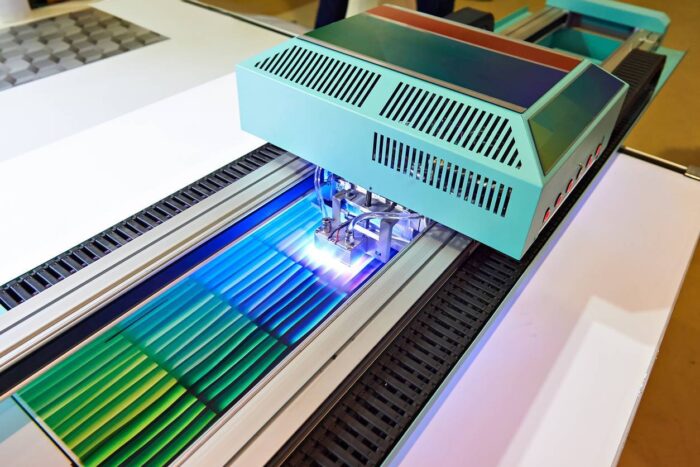
UV-curable ink has transformed the way printing is done. This innovative color type dries almost instantaneously when exposed to ultraviolet (UV) light, resulting in significantly faster production times. It adheres to a wide range of surfaces, including plastics, glass, and metal, making it ideal for diverse applications such as signage, labels, and industrial printing.
Additionally, UV-curable color exhibits exceptional durability, offering resistance to fading, scratching, and chemical exposure, ensuring long-lasting snaps that withstand harsh conditions.
Metallic Ink: Adding a Touch of Shine and Glamour to Printed Materials
To add a touch of elegance and sophistication to printed materials, metallic color has become increasingly popular. It contains tiny metal particles that produce a reflective, metallic sheen when applied.
Metallic color finds extensive use in various sectors, including luxury packaging, stationery, and event invitations. By incorporating metallic elements, printers can create eye-catching designs that captivate the viewer and elevate the visual appeal of printed materials.
Conductive Ink: Paving the Way for Printed Electronics and Flexible Circuits
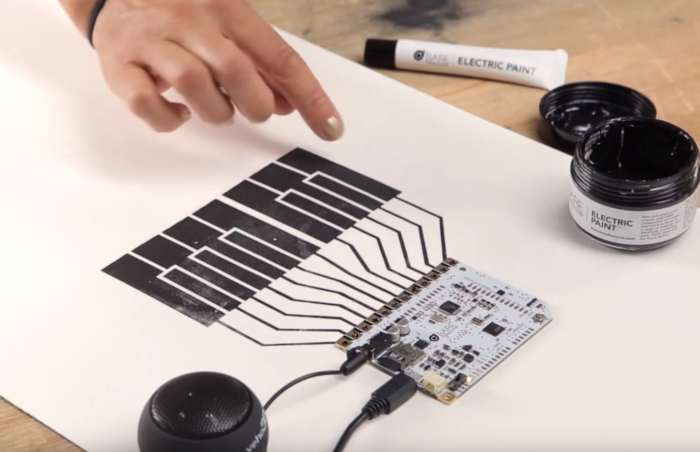
The emergence of conductive color has opened up a world of possibilities for printed electronics. This remarkable tusche contains conductive materials, such as silver nanoparticles, that enable the printing of electronic circuits and components on flexible substrates.
Conductive ink has paved the way for advancements in wearable technology, flexible displays, and smart packaging. It offers a cost-effective and scalable method for producing lightweight, flexible, and customized electronics, revolutionizing industries such as healthcare, automotive, and consumer electronics.
Eco-Solvent Ink: Low VOC Emissions and Improved Durability for Outdoor Use
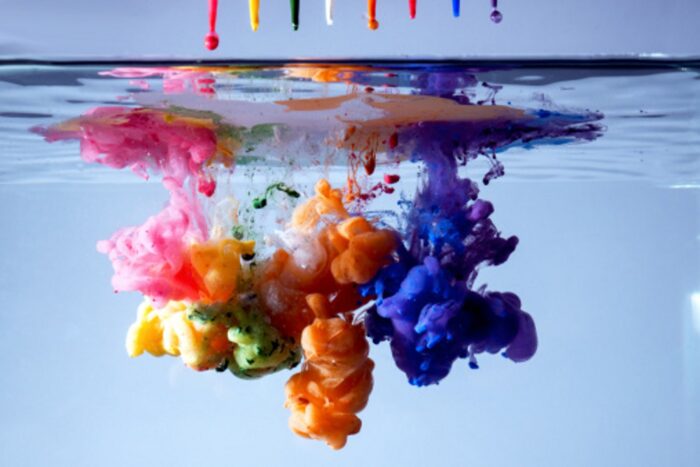
Eco-solvent color has gained traction as a greener alternative in the signage and outdoor advertising industry. This color type is formulated with non-aggressive solvents, resulting in reduced VOC emissions compared to traditional solvent-based colors. Additionally, eco-solvent tusche offers excellent outdoor durability, with prints capable of withstanding harsh weather conditions without significant fading or degradation. Its versatility and sustainability make it an ideal choice for outdoor applications, such as vehicle wraps, billboards, and banners.
Bio-Based Ink: Sustainable Alternatives Derived from Renewable Resources
In response to the growing demand for sustainable printing solutions, bio-based tusche has emerged as an eco-friendly alternative. This tusche type is derived from renewable resources, such as vegetable oils or algae, reducing the dependence on fossil fuels. Bio-based color offers comparable performance to traditional colors while significantly reducing environmental impact. By choosing bio-based tusches, businesses can contribute to a more sustainable future without compromising print quality or performance.
Color-Changing Ink: Interactive and Dynamic Printing Experiences for Users
Color-changing ink has introduced an element of interactivity and dynamism to printed materials. This innovative tusche responds to external factors, such as temperature or light, causing the tusche to shift or reveal hidden patterns. Color-changing ink finds applications in toys, packaging, and security printing. It adds an element of surprise and engagement, creating captivating experiences for users and enhancing the overall impact of printed materials.
Anti-Counterfeiting Ink: Incorporating Security Features to Protect Against Forgery
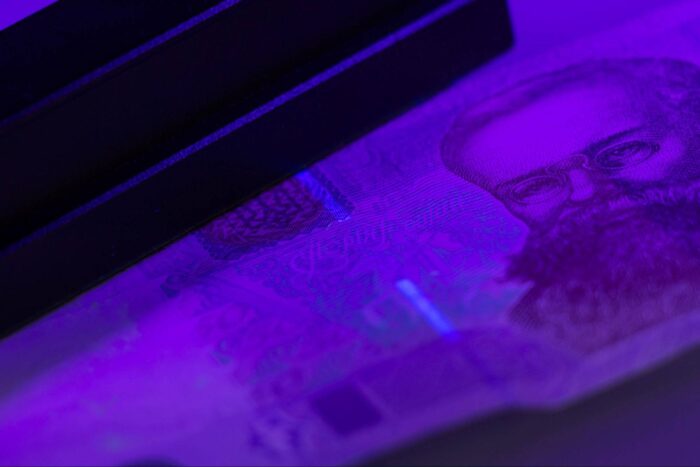
Counterfeiting poses a significant challenge in various industries, leading to financial losses and brand reputation damage. Anti-counterfeiting ink addresses this issue by incorporating security features that are difficult to replicate.
These features can include invisible inks, microgrants, or unique markers that can only be detected through specialized methods. By incorporating anti-counterfeiting tusche in product packaging, documents, and currency, businesses can enhance security measures and protect themselves against forgery and unauthorized duplication.
Self-Healing Ink: Repairing Minor Damages on Printed Surfaces Automatically
Imagine a world where printed materials can repair themselves. Self-healing ink brings us closer to that reality. This innovative color contains microcapsules filled with its components. When minor damages, such as scratches, occur on the printed surface, the microcapsules rupture, releasing the tusche and effectively repairing the blemish.
Self-healing has promising applications in industries where printed materials are subjected to wear and tear, such as signage, labels, and consumer goods. It offers cost savings by reducing the need for reprinting or replacement while extending the lifespan of printed materials.
Conclusion: The Future of Ink Technology and Its Impact on Various Industries
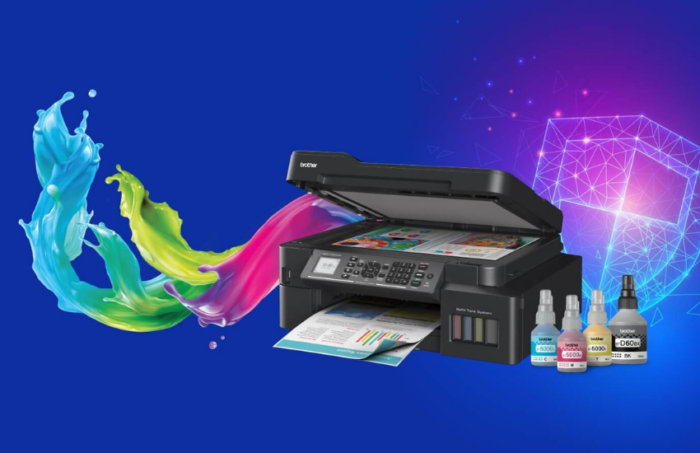
As technology continues to advance, it holds immense potential for shaping the future of various industries. The innovations we’ve explored in this blog post are just a glimpse of what is to come. From enhanced print quality to sustainability, interactive experiences, and heightened security, advancements are redefining the possibilities of printing.
As businesses and consumers increasingly demand more versatile, eco-friendly, and technologically advanced printing solutions, this technology will play a vital role in meeting these evolving needs, driving innovation, and enabling new frontiers in design, manufacturing, and communication. The future of ink technology is undoubtedly an exciting one, promising a world of endless possibilities.








